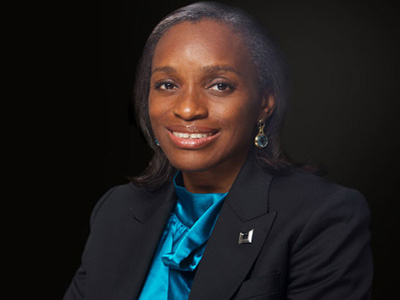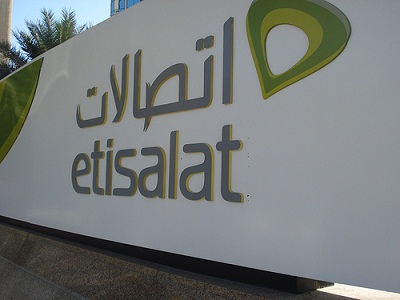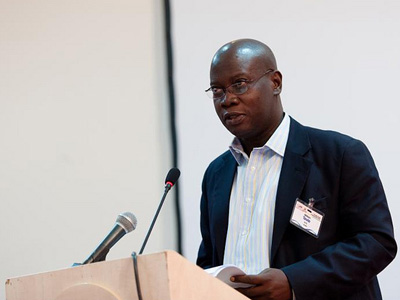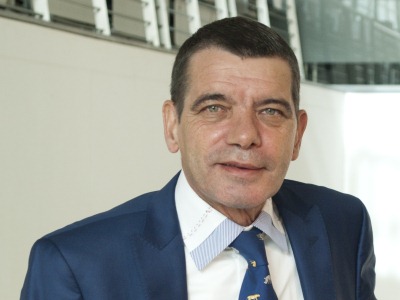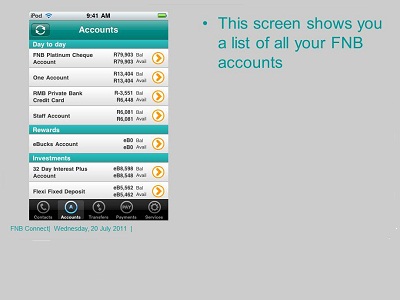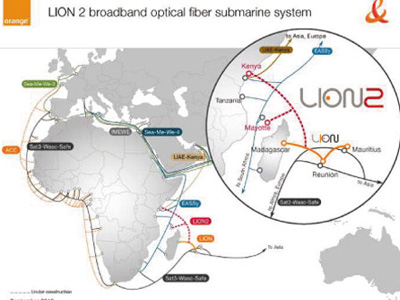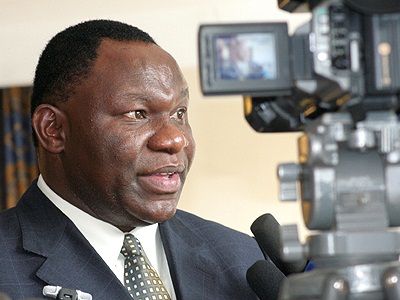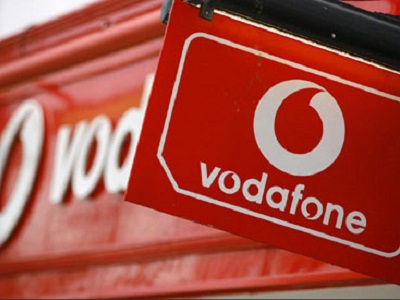In a report released in February, GSMA examined the value generated to both consumers and mobile operators by developing interoperable mobile money systems. Entitled “The case for interoperability: Assessing the value that the interconnection of mobile money services would create for customers and operators” and co-authored by Neil Davidson and Paul Leishman, it was released through the Mobile Money for the Unbanked unit of GSMA.
The report focused on the idea that increasing the interoperability between mobile network operators (MNO) would be better for customers as it would allow greater ability to send money from a phone on one network to a phone on another network. With the understanding that a network’s value to a consumer depends on how many other people they can connect to, there is an obvious benefit to operators creating interoperability between each other. But the article finds that developing interoperability will not create the necessary value to customers in order for MNOs to profit off the investment. The authors came to this conclusion by examining it from both the consumer side and the producer side.
Value to Consumers
By researching the competitiveness of mobile money services, the authors found that there were only three markets in the world that could be labeled as competitive. Although 25 countries have multiple operators providing mobile money services, only three had adoption rates from multiple MNOs that would dictate a need for interoperability. They next turned their attention to discovering the specific problem that interoperability would solve. In viewing the habits of consumers in markets with mobile money, the research showed that they had figured out a workaround to transferring money between mobile networks. Since there is a low cost to purchase a SIM card from another MNO, consumers can “multi-SIM.” This means that depending on which operator the receiver is using, the sender can switch their SIM card in order to send the transfer. With the advent of dual-SIM phones (two ports for SIM cards), multi-SIMing is made easy with no need to switch out the cards manually. In Uganda, a survey from June 2010 showed that 43% of mobile money users multi-SIM. Along with the hardware workaround already available, the mobile operators have allowed unregistered accounts to send and receive money. Registered customers have the ability to send money to unregistered customers. Since all that is needed in order to collect the transfer is a secret code, an unregistered user can give the code to an agent and withdraw the cash. This is called an off-net transfer. The opposite transaction can occur as well as with an unregistered user sending a transfer to a registered customer. This is called an over-the-counter (OTC) transfer. While this does not completely kill the consumer value to interoperability, customers have already discovered and are using workarounds at no further cost to them or the mobile operators.
Value to MNOs
The author’s argument for why MNOs would invest into developing interoperable systems is a simple one – because it will create greater revenue. Mobile money is provided as a value-added service to create greater loyalty in the customer base as well as having them increase the amount of money they spend. But creating a system that works with other mobile operators is not free – nor cheap. The investments would include human resources and infrastructure. But the main question is how would this investment make more money, if at all? Value-added services are used for two reasons – keeping existing customers and enticing new customers. And one or both will have to pay for this service. But since it has already been shown that current customers are already willing to use a workaround to transfer between separate mobile providers, it is not clear that interconnecting systems will create greater loyalty or attract new customers.
Along with the unclear pain from customers about the need for interoperability, the authors made the argument that the investment in it could take away from other investments that could increase loyalty or simply pass the cost of directly onto customers. Unless a clear business reason is discovered, it seems like interoperability will not occur in the near future. But that does not mean it will never occur; just that it is too early for it now.


